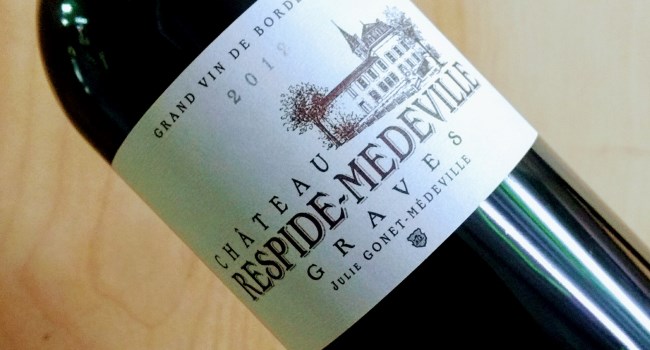
Julie and Xavier Gonet-Médeville are, in many ways, the first couple of French wines. Both hail from storied winemaking families: Julie’s family is famous for its incomparable Chateau Gilette, and Xavier comes from a long line of Champagne growers in Le Mesnil. Leading a new generation of winemakers, they bring their family knowledge, methods and passion to the many wines they now make together.Julie’s father, Christian Médeville, integrated Château Respide-Médeville, in the heart of the Graves region of Bordeaux, into the family estate in 1959. Today, his daughter and her husband coax great Graves Blanc and Rouge from the sandy, gravelly clay soil, allowing the purity of the fruit to shine through.